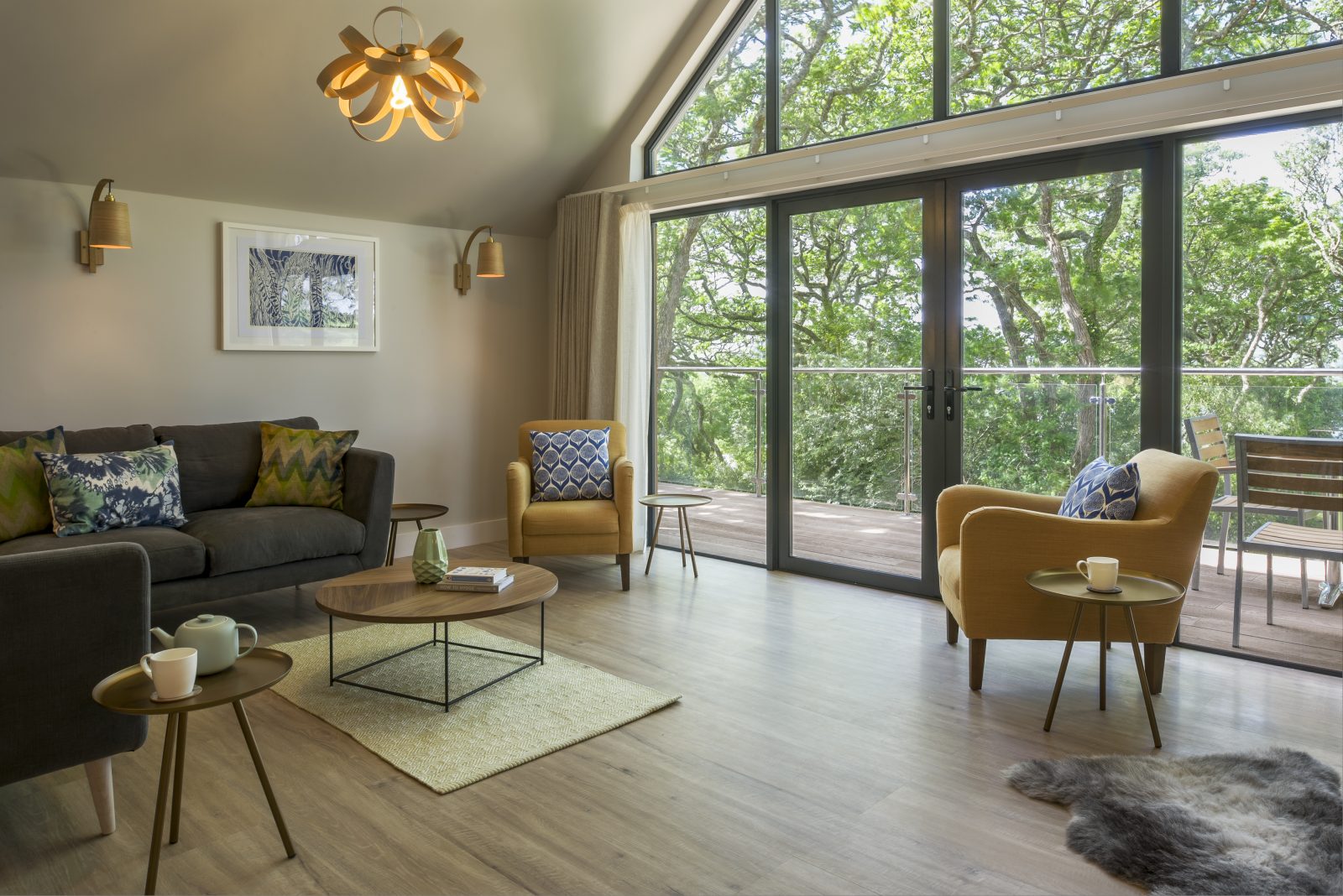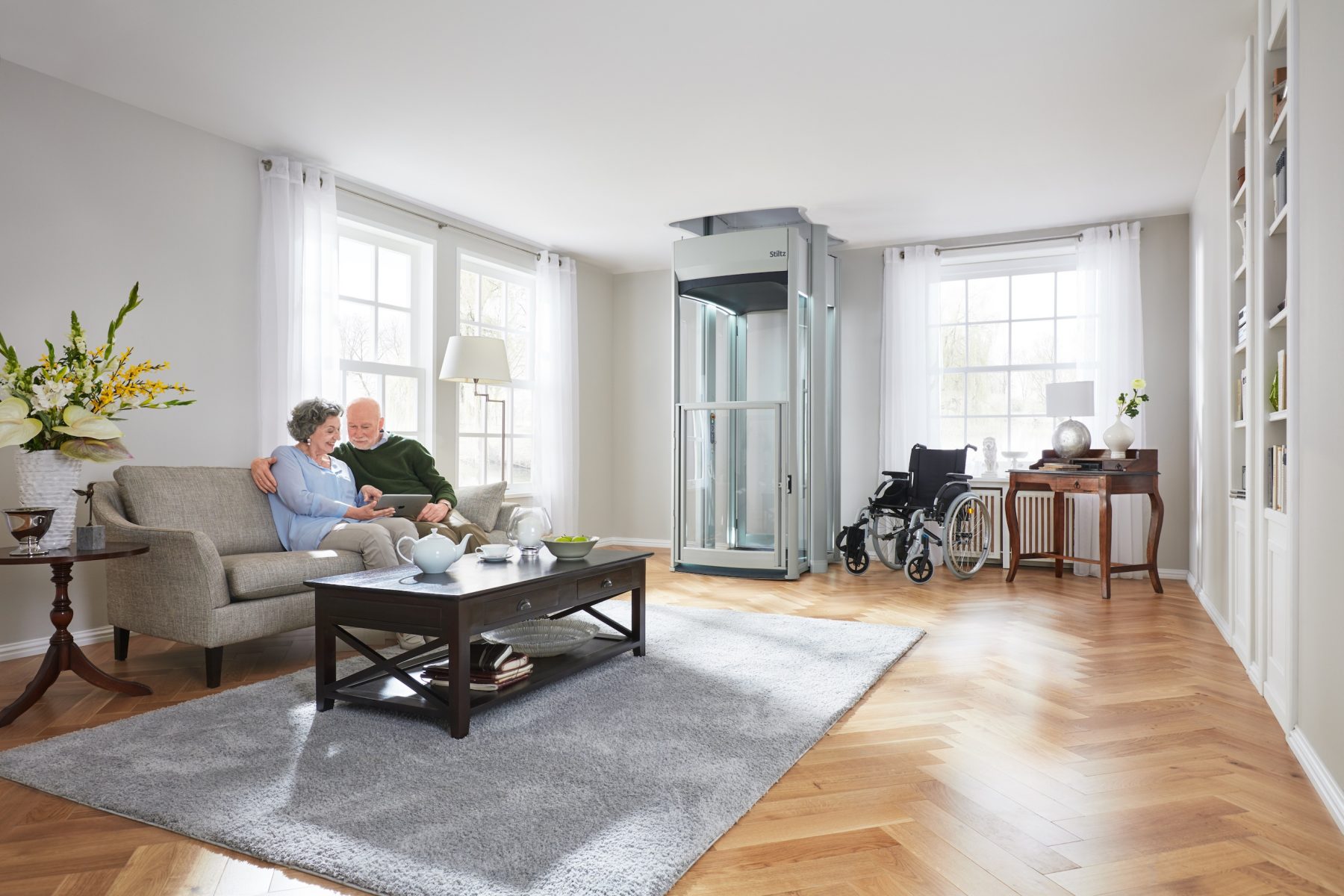Firstly, between you and I, there a few brutal truths that mean making a home age-friendly isn’t just a bit important – it is screamingly, desperately urgent! Why?
1. Fail to plan…. :
An unsafe home can lead to, otherwise avoidable, accidents or illness that result in unexpected crisis points for the household and their support network – meaning decisions are made in haste, with little time to reflect on a good range of choices. If you reduce the risks at home, you can delay the difficult moments.
[Read more about the pressures of the ‘Sandwich Generation’ here]
2. Residential Care is rarely a first choice option:
People rarely move into residential care settings in a planned fashion, and it doesn’t have to be the inevitable next step in ageing after an accident or illness – In fact, only 4% of people say they ever want to move into a care home. (We aren’t saying care settings can’t be fabulous, they can, but they aren’t always a first choice)
3.Residential care and even domiciliary (home) care is expensive – very expensive:
Residential care costs around £36,000 per year, but in more expensive areas can be upwards of £50,000 per year. It is estimated that around 1 in 10 people over 65 years old face care costs of £100,000 or more. (So spending a few hundred, or even a few thousand, pounds on home adjustments seems like a bargain don’t you think?)
To calculate the likely costs for your area visit the WHICH? Cost of Care and Eligibility Calculator

4. Not enough people to go round…..
There is a major shortfall in the human capital (people) in the domiciliary care system, making it harder to find good quality, reliable carers. Would you like to have a roll-call of strangers coming into your house every day? (So many carers are brilliant, but it is not always possible to see the same person each time and this places the onus on the family to make sure their loved one gets the care and medication they need each day)
5. Few people are eligible for State-funded Social Care
Firstly, State-funded social care (delivered via Local Authorities) is reserved for a very small section of the population. Secondly, the numbers who are eligible for funded care are reducing each year, despite the number of older people increasing. Most people will be self-funders, and may need to sell their assets to fund their care.
And so, it stands to reason that the longer you can delay the need for home care or residential care, the less stressful and less costly the ageing process is likely to be. And age-friendly home can’t fix all of later life challenges, far from it – but we promise you, it will help.





